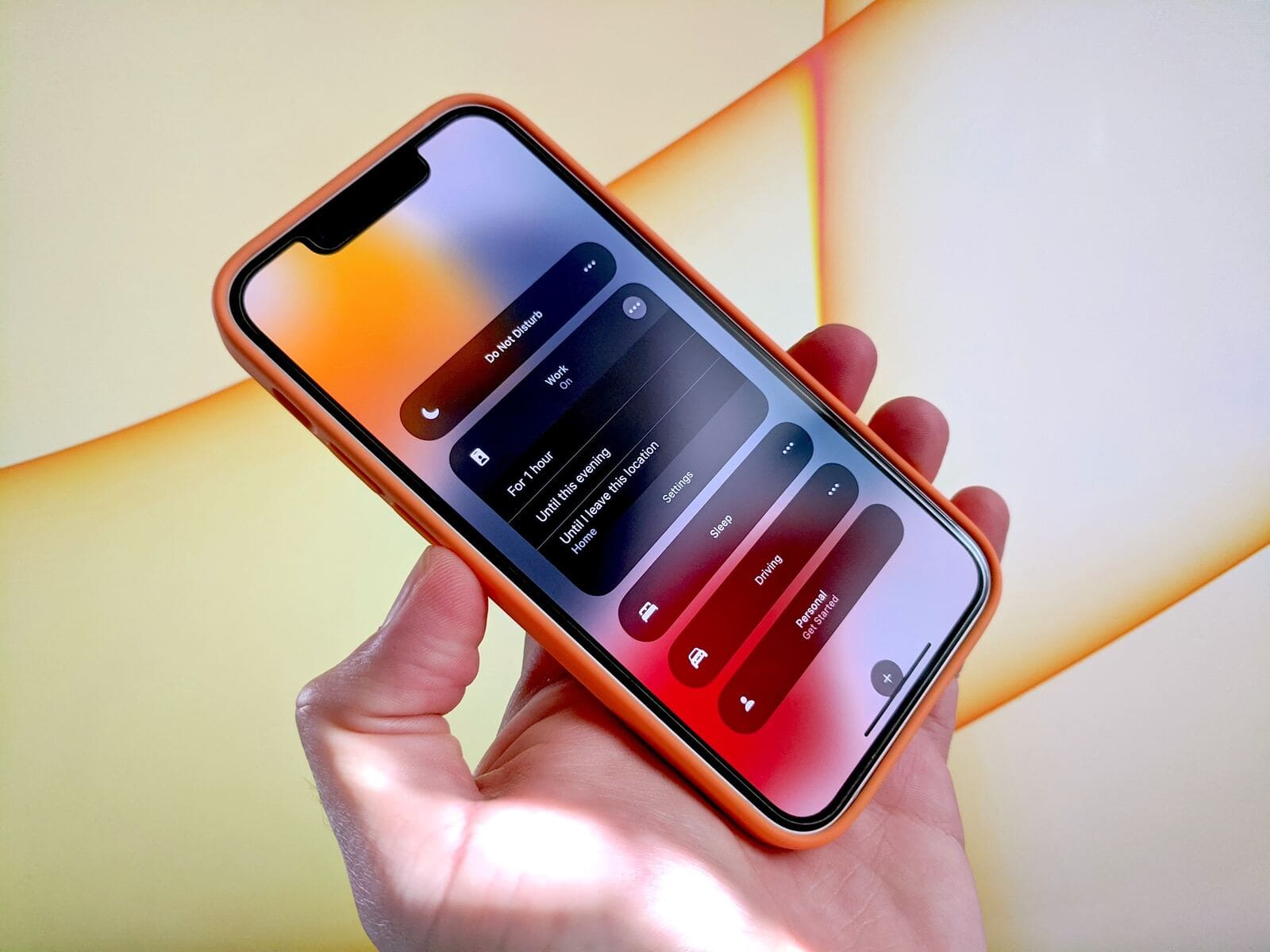I was at a small innovation conference a few days ago. The speaker clarifies, at one point, that specific disruptive innovation models have to be supplied to consumers at free cost. This is the only way to achieve the adoption critical mass, enabling the development of network effects. That was the case with nearly everything, including YouTube, Google, radio, and television.
None of us is paid to watch videos or conduct research. For the information, knowledge, or simple enjoyment we seek, we trade our time and data. Companies need to have a funding plan for their firm for this model to work. Advertising is unavoidably used as a negotiating chip. Misunderstood as it may be, advertising finances our enjoyment, contributes to our knowledge, and enhances our lives. We don’t like her, though.
And it’s not hard to see why. It usually obstructs our way, interrupts us, makes us glance at it, and is otherwise quite bothersome! And this is the main thing, in my opinion. Advertising snatches the story, stops us in our tracks, and disturbs our moment. In any case, it is very annoying!
Over time, advertising has developed a false reputation for being obtrusive and unwanted due to its ambition and desire to capture our attention, to imply an unwelcome halt. We, as consumers, exact revenge on this halt by using it for other purposes as well. A sort of “love is paid for with love” applies here.
Who has never counted down the five seconds of the video to skip it, who has never sought the “go to website” button because they can’t stand the image that plays before it, or who has never switched the TV channel when the commercial break starts? Why don’t we search for another model if this is what we all do and we are aware that the one from the 1950s of the previous century is no longer functional? Why do we still make brands seem obtrusive and uncomfortable? When we become agitated when someone stops us while we are working on a task, why do we insist on interfering with our customers’ lives?
A very senior executive in the advertising media business told me one day that no one was ready to change or willing to change.
But even in this situation, change is desperately needed. The way advertising blocks are constructed now is not beneficial to brands. They don’t bring anything extra. It is common to see 15-minute breaks in TV shows. People are taken from the screen for this amount of time, which hurts brands and their goals. Here, creativity is crucial, but it also depends on everyone’s availability, since everyone in the chain needs to make structural adjustments to create a less intrusive communication ecosystem. Even the existing model of developing advertisements will be questioned, and a shift in favor of a new sponsored content model where the brand will have a platform as long as it is appropriately framed within a new entertainment model has to occur.
The advertising industry’s economic model will then need to be modified. Up until now, companies created their content and paid for media channels to air it. More of a distribution model will need to be included in the model. Whether through gamification or loyalty programs that draw some of these audiences to the media where our advertising will appear, brands will need to take into account that a portion of their investment must go back to their potential customers. Advertisers and platforms may work together on this strategy, and whoever adopts it first will have a significant competitive edge.
Considering the billions of euros this industry represents globally, I believe that shifting the mindset is essential. One of the primary reasons why companies in today’s society are constantly eroding is due to the way they interact with their customers. The model is outdated and not adaptable. Advertising needs to be tainted by sustainability to save waste and, most importantly, to make companies more effective.
Don’t disturb us, please.
The customer expresses gratitude!
Originally published at Mais M
